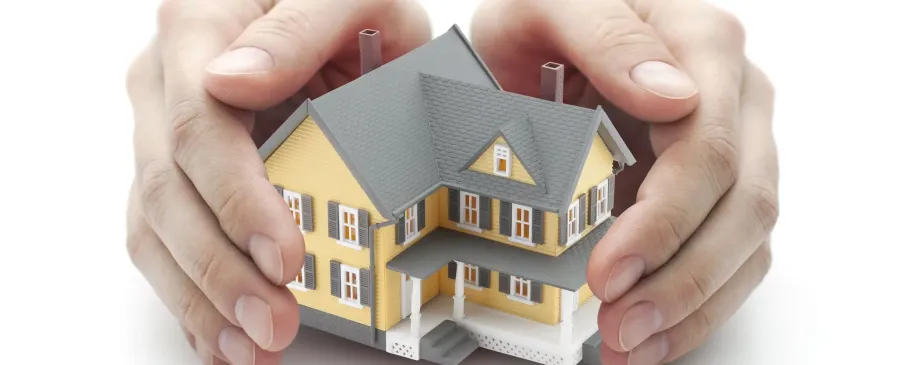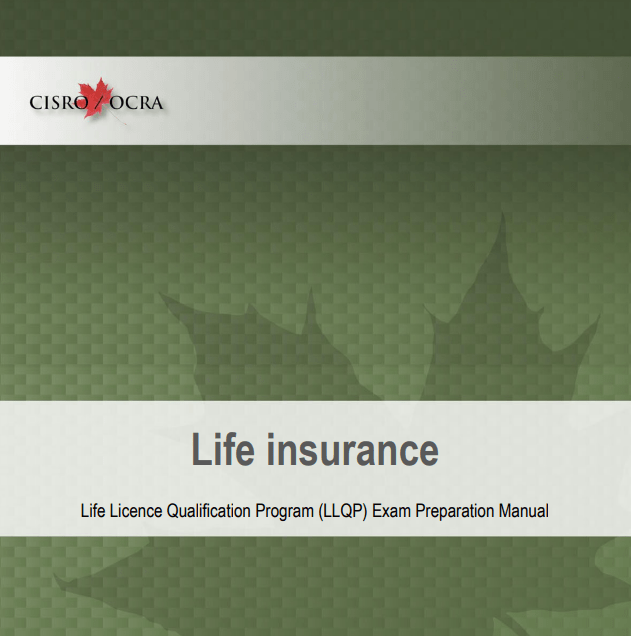
What is Property Insurance?
Property insurance is a policy of insurance that provides coverage for the homeowner against covered risks.
Why is it necessary?
Basic insurance to cover the replacement of the building (normally the house) and other structures on the property is vital to lenders and is a requirement of the Standard Charge Terms. This insurance protects the insured against loss, and by extension protects the lender’s security for the loan. Lenders require that the insurance policy have a provision that assigns the proceeds first to the lender. The lender can then decide whether to replace the building, which is typical, or use the proceeds to pay off the mortgage.
Types of Insurance
Home insurance
This type of policy is for the homeowner and is designed to protect not only the physical building, but all the things in the homeowner’s house as well. A standard house insurance policy will ensure that if something like fire, vandalism or theft occurs the homeowner will be protected and his or her valuables will be replaced. It is also possible for a homeowner to be held liable for accidents that people have while on the property which necessitates the need for liability insurance.
Most home insurance policies carry standard coverage. The following list summarizes this coverage.
- Building Coverage
All risk coverage insures the building for the most common types of losses. When there is All Risk coverage in place, the building is insured for everything, unless it is specifically excluded from the policy (e.g., intentional damage to the property by the owner would not be covered). - Named-Perils Coverage
This includes a list of the most common types of things covered under the insurance policy. Named-Perils include fire, theft and water damage. Everything is listed very clearly in the policy contract so the policy owner has a complete and thorough understanding of what the insurance policy covers. Named-Perils building coverage is very rare since it limits the amount of coverage.
- Contents
All-risk contents coverage insures belongings inside the house for the most common types of losses. When the policy owner has All Risk coverage, the contents are insured for everything, unless it is specifically excluded from the policy.
A standard house policy provides for the Actual Cash Value (ACV) replacement of belongings. This means that the policy owner only receives the value of the item, less depreciation. For example, if the policy owner purchased a TV 5 years ago for $1,500, he or she might only get $500 for it if it was destroyed in a fire. Even though it may cost $1,800 to replace that same TV today, the insurance would still only give the policy owner $500.
Many people choose to add the Replacement Value option to their contents coverage. Replacement value coverage means that the contents of the policy owner’s house are insured for the amount it costs to replace them. When the owner replaces the item with a similar kind and quality, within a specified time, the insurer will pay what it cost to replace the item, not what it was actually worth in its used state. This means if a 5 year-old TV was lost in a fire, the owner would get the full amount it would cost to replace it, even if that is more than was originally paid for the TV.
- Detached Private Structure
This type of coverage applies to structures that exist on the property but are not connected to the primary residence. For example, a detached garage could be included under this coverage. - Additional Living Expenses
If the owner is forced to leave the house because of a loss, this coverage pays for reasonable and necessary expenses to temporarily live away from home. Hotel and food costs are the type of expenses that would be covered under such circumstances.
Condominium Insurance
When a purchaser buys a condominium, the purchaser owns the “unit” and a share in the common areas of the condominium — the roof, basement, elevator, heating room, lobby, swimming pool, parking garage, etc. An owner may be held responsible for harm caused to any part of the building or to others who live or visit the condominium complex. A condominium insurance policy can remove some of the financial worries of condominium ownership.
This insurance policy provides coverage for the owner’s personal property, structural improvements to the unit and additional living expenses if the owner is the victim of fire, theft, or other disaster listed in the policy. The owner will get liability protection to protect him or her from harm caused to any part of the building or to others who live in or visit the condominium complex. An important feature of this insurance policy is loss assessment. The condominium owner shares responsibility with others in the building for common property. Loss assessment protects the owner from damage to these common areas.
A “master policy” is purchased and provided by the condominium board. This covers the common areas shared with others in the building like the roof, basement, elevator, heating room, lobby, swimming pool, parking garage, etc. for both liability and physical damage.
Sometimes the condominium corporation is responsible for insuring the individual condominium as it was originally built, including standard fixtures. In this case, the condominium unit owner would only be responsible for insuring personal property as well as any alterations the current owner or a previous owner have made to the original structure of the condominium, like remodelling the kitchen or bathtub. In other cases, the condominium corporation is responsible for insuring only the bare walls, floor, and ceiling. The owner would be responsible for insuring personal property plus things like the kitchen cabinets, built-in appliances, plumbing, wiring and bathroom fixtures.
Limitations In House Insurance, Condo Insurance or Tenants Insurance Policy Coverage
With standard house insurance, condo insurance or tenants insurance policies there are limitations regarding theft coverage for jewellery, furs, silverware, business property, bicycles, money, etc. If the homeowner owns any of these items he or she would be required to purchase additional insurance to cover them.
Paying a House Insurance, Condo Insurance, or Tenants Insurance Deductible
When an insured makes a claim, the homeowner always pays a small portion of the claim, while the insurance company pays the rest. The portion paid by the homeowner is called the deductible. The amount of the deductible affects the price of the insurance policy. The higher the deductible, the less the cost of the insurance premium.
- Personal Liability
Liability is a legal responsibility. Liability Insurance provides protection from having to pay damages to people, if the owner has been found responsible for unintentionally injuring them or damaging their property.










